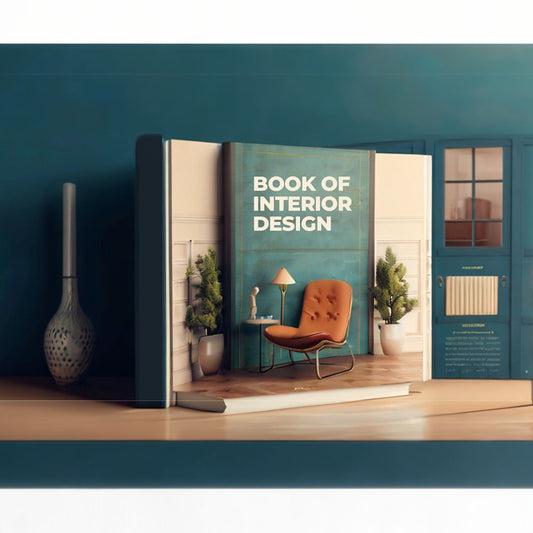Transforming a blank wall into a captivating gallery wall is not just an act of creativity; it’s a practice grounded in design science. Beyond intuition, there are established rules and ratios that can guide you in curating a visually harmonious arrangement. Incorporating elements like mirrors, wall art, and wall clocks can add dimension and interest. Here’s how you can apply scientific principles to design your gallery wall with confidence.
Embracing the Golden Ratio
The Golden Ratio, a mathematical ratio of 1:2, has been used in art and architecture for centuries to create aesthetically pleasing compositions. Apply this principle to your gallery wall by choosing a central piece that acts as a focal point, then arrange smaller pieces around it in a way that mimics this ratio, creating balance and visual appeal.
The Rule of Thirds in Layout
In photography and design, the Rule of Thirds divides a composition into nine equal parts with two equally spaced horizontal lines and two equally spaced vertical lines. Placing your most compelling pieces of wall art or decorative mirrors at the intersections of these lines can create a dynamic and engaging display.
Symmetry vs. Asymmetry
Symmetry offers a sense of balance and formality, ideal for traditional or minimalist spaces. Asymmetrical arrangements, however, can imbue a room with energy and movement. When designing an asymmetrical gallery wall, maintain visual balance by distributing the visual weight evenly across the display, using varied sizes and shapes of your decor items.
Incorporating Different Mediums
A scientifically balanced gallery wall benefits from the diversity of textures and mediums. Combining reflective mirrors with textured wall art and geometric wall clocks introduces variety while adhering to a cohesive color scheme or theme ensures unity.
Negative Space: The Unseen Element
The area around and between the pieces of your gallery wall, known as negative space, is crucial for avoiding visual clutter. Scientifically, too much or too little negative space can affect the wall’s overall harmony. Aim for consistency in spacing between frames to achieve a well-curated look.
Conclusion: Your Gallery, Your Masterpiece
Designing a gallery wall with scientific principles doesn’t mean sacrificing personal taste. It’s about enhancing the beauty and cohesiveness of your collection. Whether you lean towards a sleek array of mirrors for added light and space, a chronological display of wall art that tells a story, or an eclectic mix highlighted by a statement wall clock, these rules serve as your guide, not your limit.
Explore our selection to find pieces that not only complement your gallery wall but elevate your entire space, turning your home into a testament to both science and art.
















